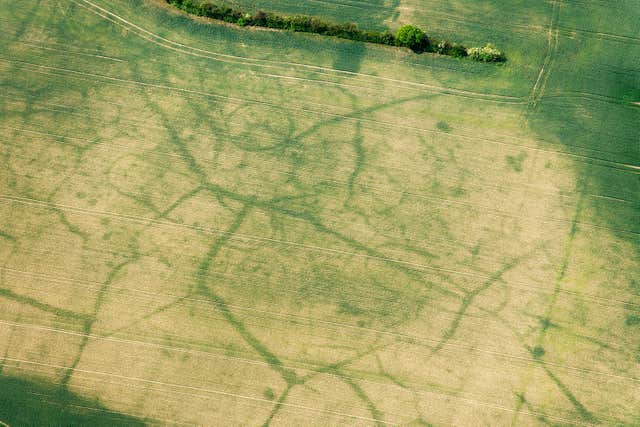
The movement of people into southern Britain during the Bronze Age has been traced using ancient DNA.
New research reveals fresh insights into the languages spoken at the time, the ancestry of present-day England and Wales, and even ancient habits of dairy consumption.
Researchers analysed the DNA of 793 newly reported individuals in the largest genome-wide study involving ancient humans.
Their findings indicate large-scale migration, likely from somewhere in France to the southern part of Great Britain – or modern-day England and Wales.
This eventually replaced about 50% of the ancestry of the island during the Late Bronze Age (1200 to 800 BC), the study suggests.
The research was conducted by more than 200 international researchers led by Harvard geneticists David Reich and Nick Patterson.
Michael Isakov, a Harvard undergraduate who discovered the existence of the 3,000-year-old migration, is one of the co-first authors.
Professor Reich said: “This shows the power of large-scale genetic data in concert with archaeological and other data to get rich information about our past from a time before writing.
“The studies are not only important for Great Britain, where we now have far more ancient DNA data than in any other region, but also because of what they show about the promise of similar studies elsewhere in the world.”
Researchers say the study supports a recent theory that early Celtic languages came to Great Britain from France during the Late Bronze Age.
But it challenges two prominent theories: that the languages arrived hundreds of years later, in the Iron Age; or 1,500 years earlier at the dawn of the Bronze Age.

Prof Reich said: “By using genetic data to document times when there were large-scale movements of people into a region, we can identify plausible times for a language shift.
“Known Celtic languages are too similar in their vocabularies to plausibly descend from a common ancestor 4,500 years ago, which is the time of the earlier pulse of large-scale migration, and very little migration occurred in the Iron Age.
“If you’re a serious scholar, the genetic data should make you adjust your beliefs, down-weighting the scenario of early Celtic language coming in the Iron Age (and early Bronze Age) and up-weighting the Late Bronze Age.”
Genetic analysis also revealed that the ability to digest cow’s milk dramatically increased in Britain from 1200 to 200 BC – about a millennium earlier than it did in central Europe.
Researchers suggest these findings illuminate a different role for dairy consumption in Britain during this period compared with the rest of mainland Europe.
But they say more study is needed to define that role.
Increased milk tolerance would have provided a big advantage in the former of higher survival rates among the children of people carrying this genetic adaptation.
According to the research, published in Nature, contemporary English people have more DNA from early European farmers than people who lived in England about 4,000 years ago.
The team set out to collect DNA from later periods to detect the shift.
A second paper looks at kinship practices of 35 individuals who lived about 5,700 years ago and were buried in a tomb at Hazleton North in Gloucestershire, England.
Researchers found a 27-person family, which is three times larger than the second-largest documented ancient family, whose kin relationships could be determined by analysing their DNA.
The team created a family tree that covered five generations and found examples of polygyny, polyandry, adoption, and a key role for both patrilineal and matrilineal descent.


Comments: Our rules
We want our comments to be a lively and valuable part of our community - a place where readers can debate and engage with the most important local issues. The ability to comment on our stories is a privilege, not a right, however, and that privilege may be withdrawn if it is abused or misused.
Please report any comments that break our rules.
Read the rules hereLast Updated:
Report this comment Cancel